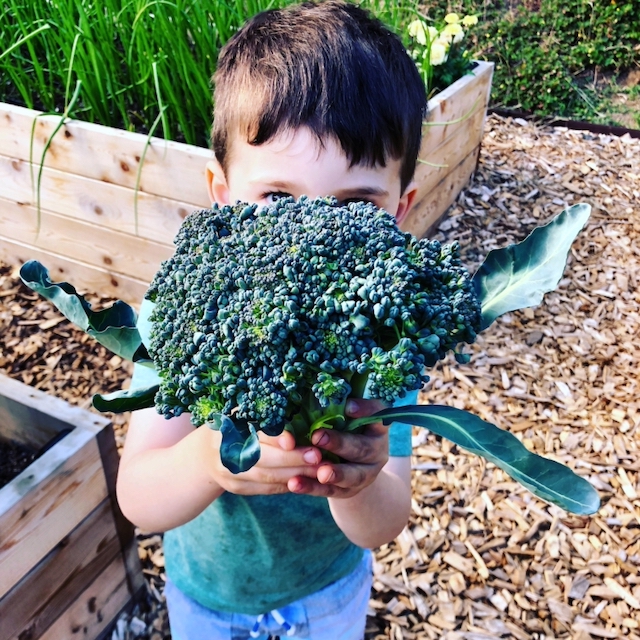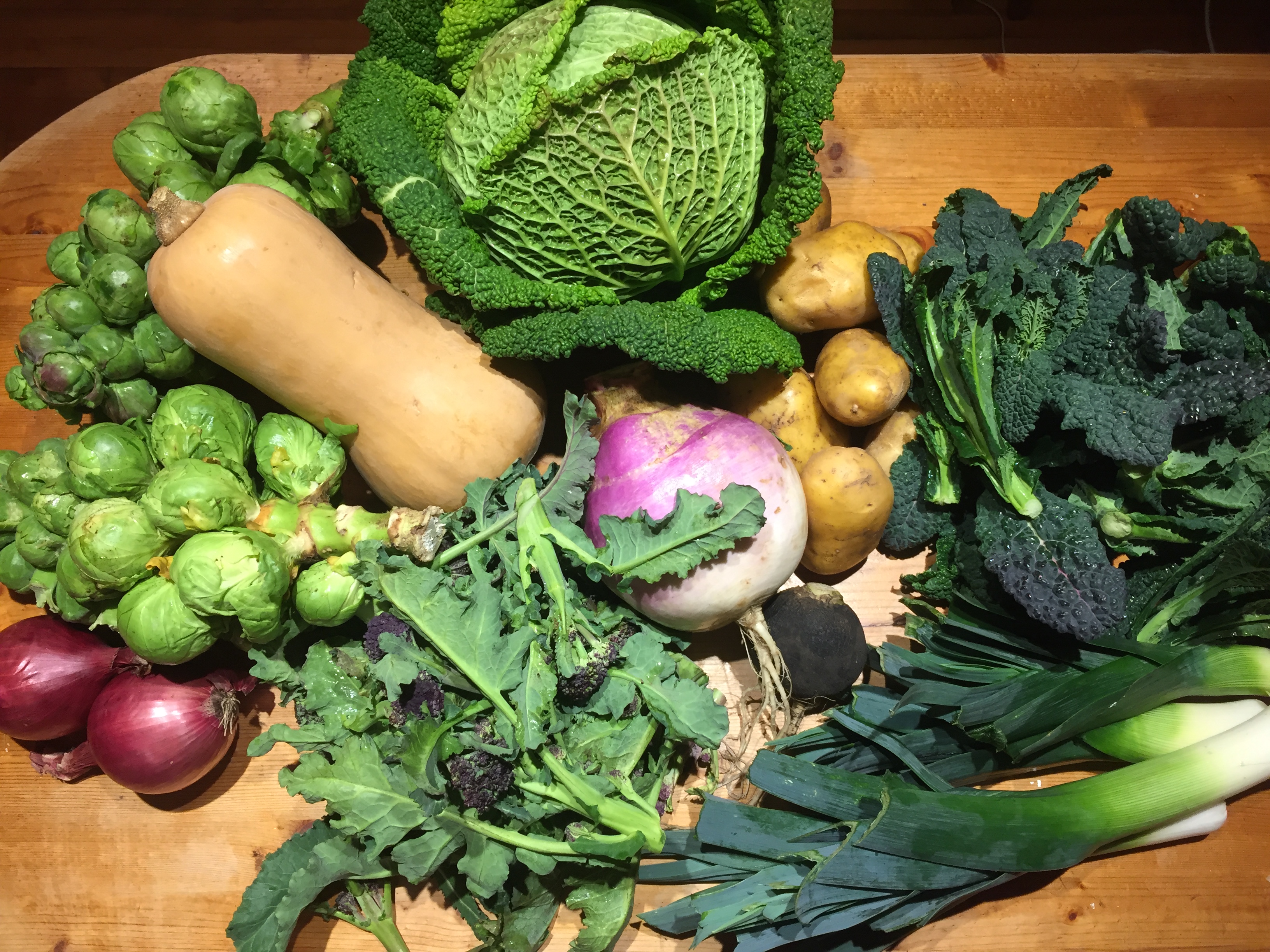Amelia Barker (she/her)
About AuthorAugust 15, 2025
in
GardeningHow to Grow Fall and Winter Broccoli in Portland
Broccoli is one of our all-time favorite crops for fall and winter and, with just a bit of know-how, can grow beautifully in our Pacific Northwest climate. And though winter may feel far away, NOW is the perfect time to plant this cruciferous vegetable! Wondering what you can plant alongside broccoli to round out your winter garden? Check out our previous blog post, “Top Ten Winter Vegetables for your Home Garden.”

A beautiful head of fall broccoli fresh from the garden!
Variety Selection
There are many varieties of broccoli to choose from, but some are better suited to grow in the fall and winter than others. For broccoli that will be ready to harvest in the fall, we love the varieties ‘Marathon,’ which has great cold tolerance, and ‘De Cicco,’ an heirloom variety that produces a smaller head but prolific side shoots, extending the harvest season.
.jpeg)
'De Cicco' broccoli side shoots are a delicious bonus crop that grows after the primary head has been harvested.
For broccoli that is ready to harvest in the winter and into early spring, we love to grow purple sprouting broccoli. This is an amazing plant that grows slowly through the fall and reaches maturity in February when little else is harvestable in the garden. Instead of one central head, purple sprouting broccoli produces an abundance of bright purple broccolini-like side shoots that are tender and delicious. A couple favorite varieties are ‘Santee,’ and ‘Rudolph.’
.png)
Left: a mature purple sprouting broccoli plant. Right: delicious purple sprouting broccoli side shoots!
We recommend planting broccoli into the garden from starts rather than directly-sown seeds. A tip for selecting starts at the nursery: look for plants that are vibrant green without a yellowish tinge to the lower leaves. Make sure to “thin out” your starts to only one plant by pruning out any duplicate plants: though broccoli plants start small, they will get very large and do best when not competing for fertility and light resources.
Planting Date
Timing is everything with most fall and winter-grown crops and this is especially true for broccoli! Here in Portland, we aim to get both fall broccoli and overwintering purple sprouting broccoli plants in the ground in mid-August. We don’t recommend planting later than September 1, as plants won’t have enough time to bulk up before shorter daylength and lower temperatures slow plant growth to a crawl.

A winter harvest complete with purple sprouting broccoli!
Other Planting Considerations
Choose a spot for your broccoli that receives at least 6 hours of sunlight. Like most plants in the brassica family, broccoli is a “heavy feeder,” meaning that even if your garden has rich soil, it is a good idea to add about a ¼ cup of organic granular all purpose fertilizer to each hole before planting. Our favorite is the All Purpose Natural Fertilizer from Concentrates, Inc. in Milwaukie. Broccoli gets quite large, so give each plant at least 18’’ of space on all sides. For purple sprouting broccoli, give each plant a minimum of 24” on all sides.
The main broccoli pests to be on the lookout for are aphids and cabbage loopers. Since fall and winter broccoli are planted into the garden in the summer, aphids are often already present in the garden at planting time. It is a good idea to patrol your garden for aphids once a week, checking each broccoli plant carefully for tiny green or grey bugs. Aphids love to hide in the shady crevices of broccoli plants, so be sure to check the unfurled leaves of the growth tip and the undersides of leaves. If you find any aphids, spray with organic insecticidal soap like this one.
Cabbage loopers are another pest that can be very damaging to broccoli plants. You may have spotted the whitish-grey adult cabbage looper moth floating around your garden. These moths lay eggs on brassica plants and their bright green larvae feed on the leaves, leaving irregular rounded holes. You can prevent the moths from laying eggs on your broccoli plants by covering them with insect netting and/or spraying once a week with Bt (‘Bacillus thuringiensis’). Bt is a non-toxic bacterial spray that interferes with the digestive systems of the cabbage looper larvae. It is best to spray Bt during the cool evening hours because it is a living organism that is killed by high temperatures.
That is everything you need to know to grow beautiful broccoli in your garden this fall and winter! And now is the perfect time to get plants in the ground, so happy gardening!
Amelia Barker (she/her)
Originally from New York, Amelia moved to Oregon in 2016 and has been farming ever since. She has worked on and managed farms from 16 acre mixed veggies to an intensive half acre of cut flowers. Her love of plants also manifested at school educational gardens, a genomics lab at a botanical garden, a seed saving nonprofit in Bangalore, India, and flower shops across the country. When she’s not puttering in the garden, find Amelia working on a sewing project or exploring a new park with her daughter.


.jpeg)
.png)









